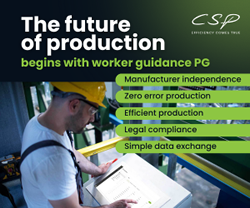Case Study: Volum-e Reduces Metal Support Removal by 50% Using Materialise e-Stage
NVBots Sold to Ohio Manufacturer as 3D Printing Interest Grows
Adidas is using robots to produce small-batch, local-market shoes
3D Printing Objects on a Belt Just Became a lot Easier
ETH zurich builds DFAB HOUSE using robots and 3D printers
Volkswagen Taps Ultimaker for Customized Tool Production
How This $28 Million Startup Hopes to Save the World With 3D Printing
3D printer inks from the woods
World's Largest Search Engine for 3D Printable Models Launched
The Blackbelt lets you 3D print really long items
3D printing gets faster, with help from a vat of goo
Desktop Metal Is Set to Change How Metal Is Manufactured with the Fastest Metal 3D Printing System in the World
Belgian company takes 3D printing to chocolate
Carbon SpeedCell™: Additive Manufacturing Reinvented
MakerBot is laying off a third of its staff, narrowing focus under Stratasys
Records 46 to 60 of 72
First | Previous | Next | Last
Featured Product

Quality assurance in the manufacturing industry
Manufacturing and Automation - Featured Company

